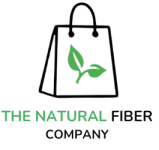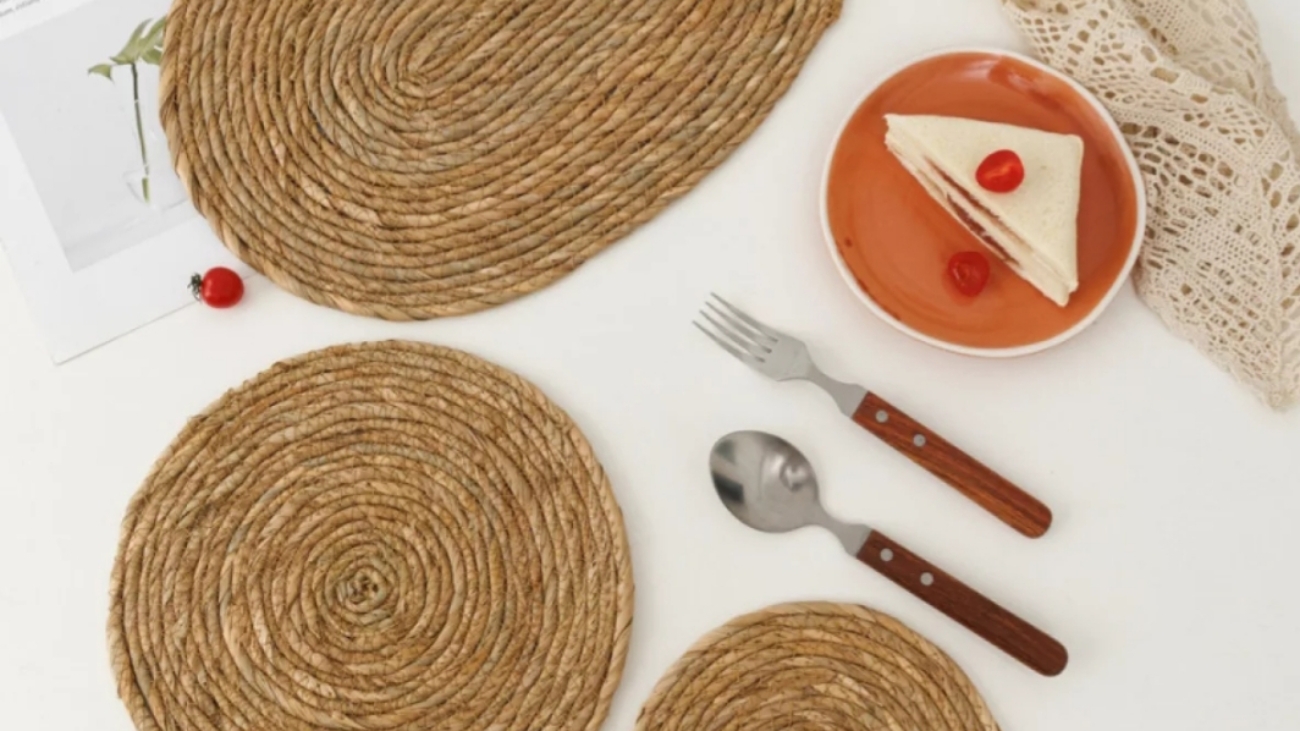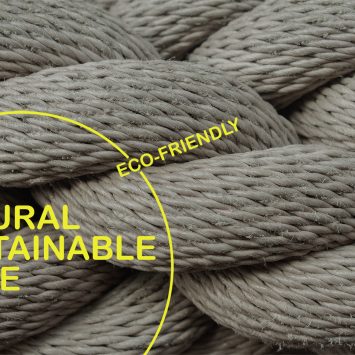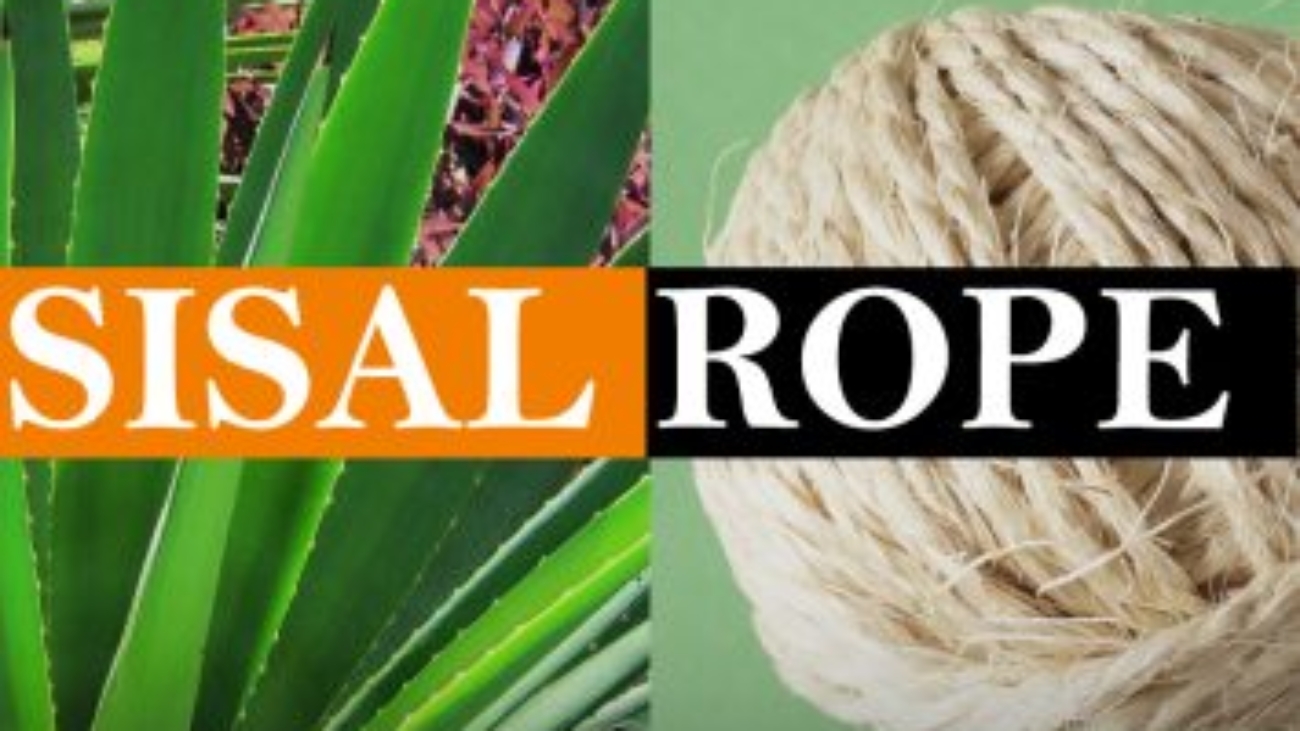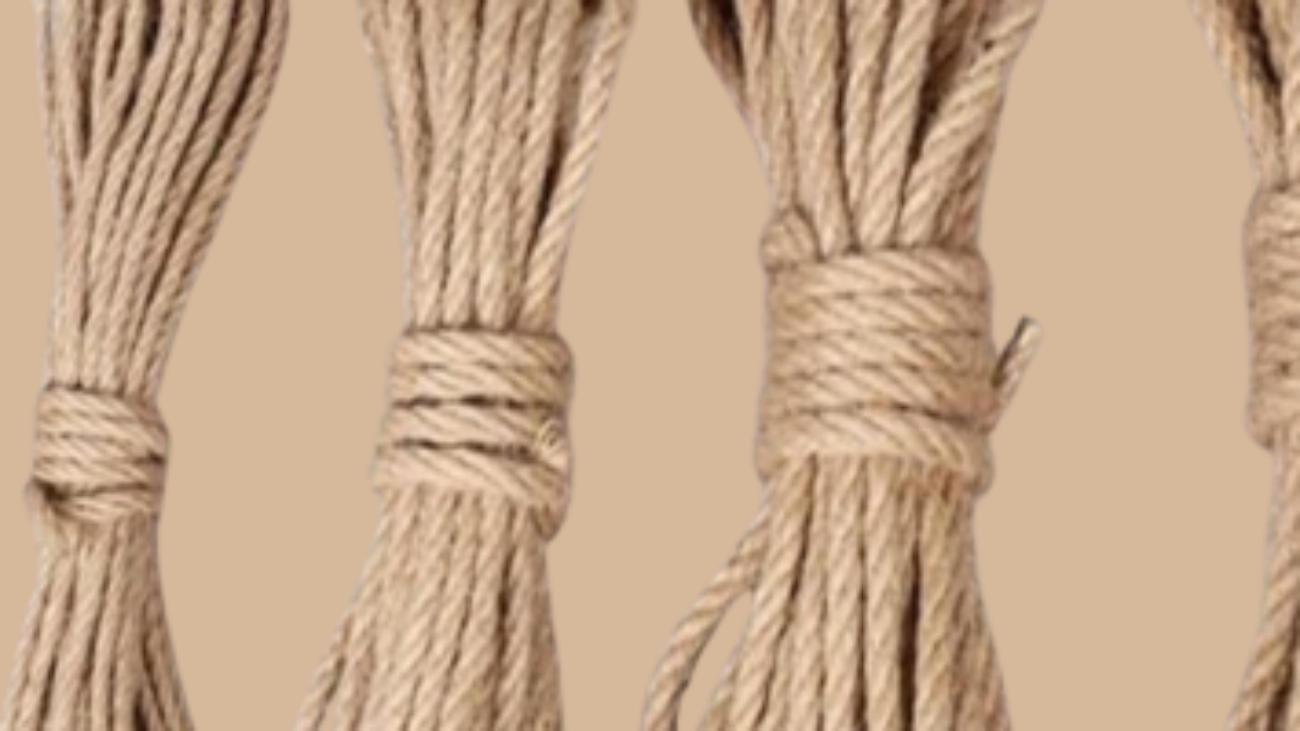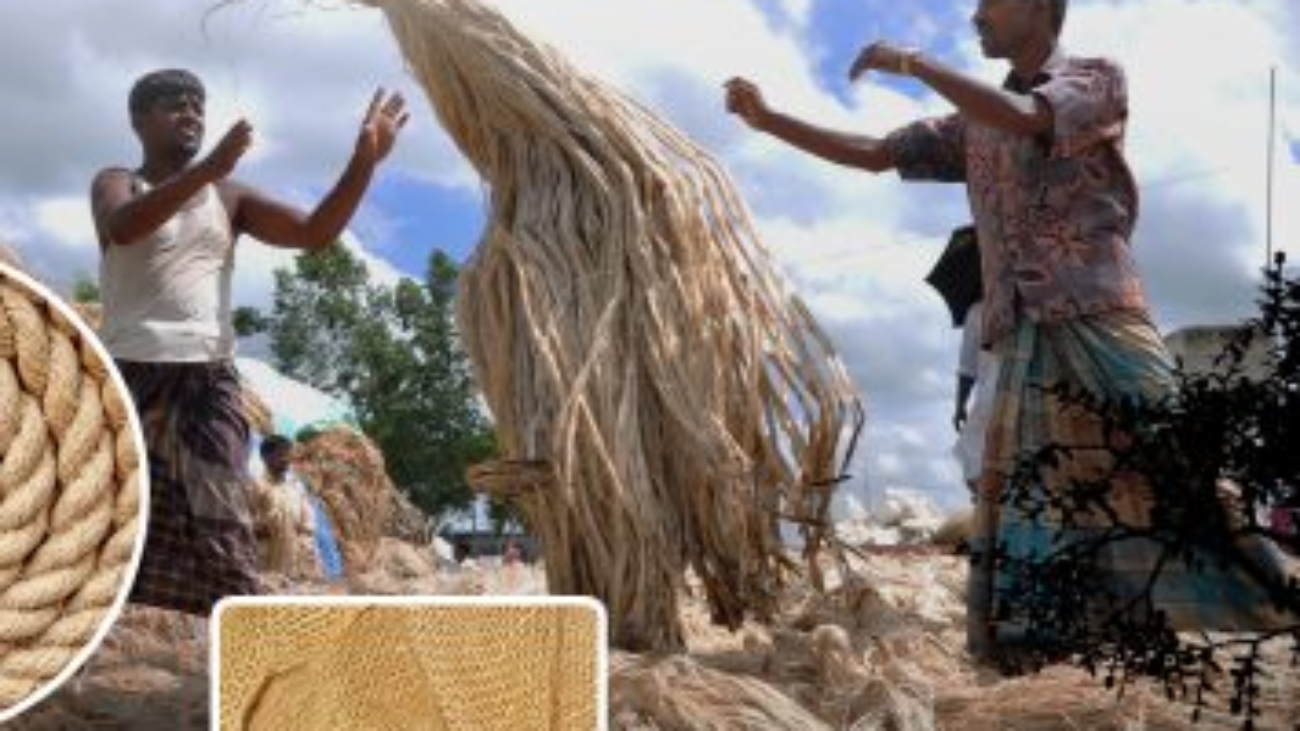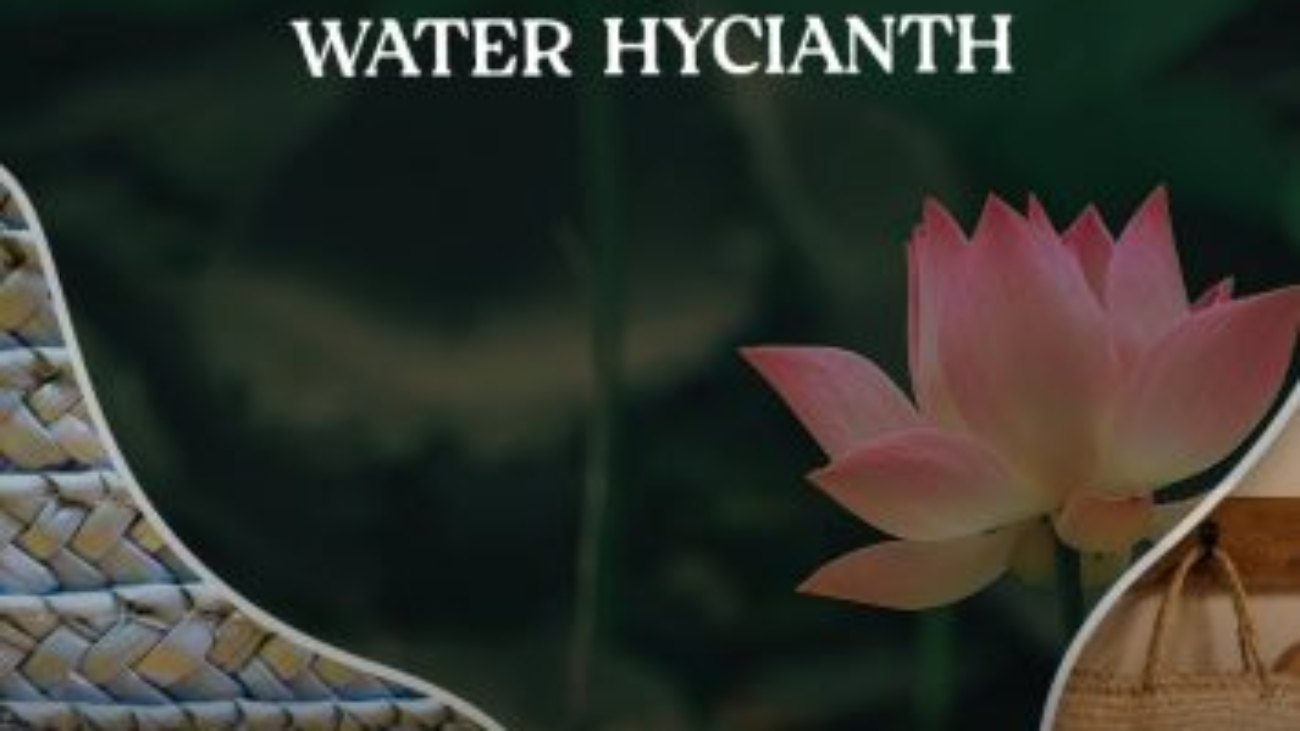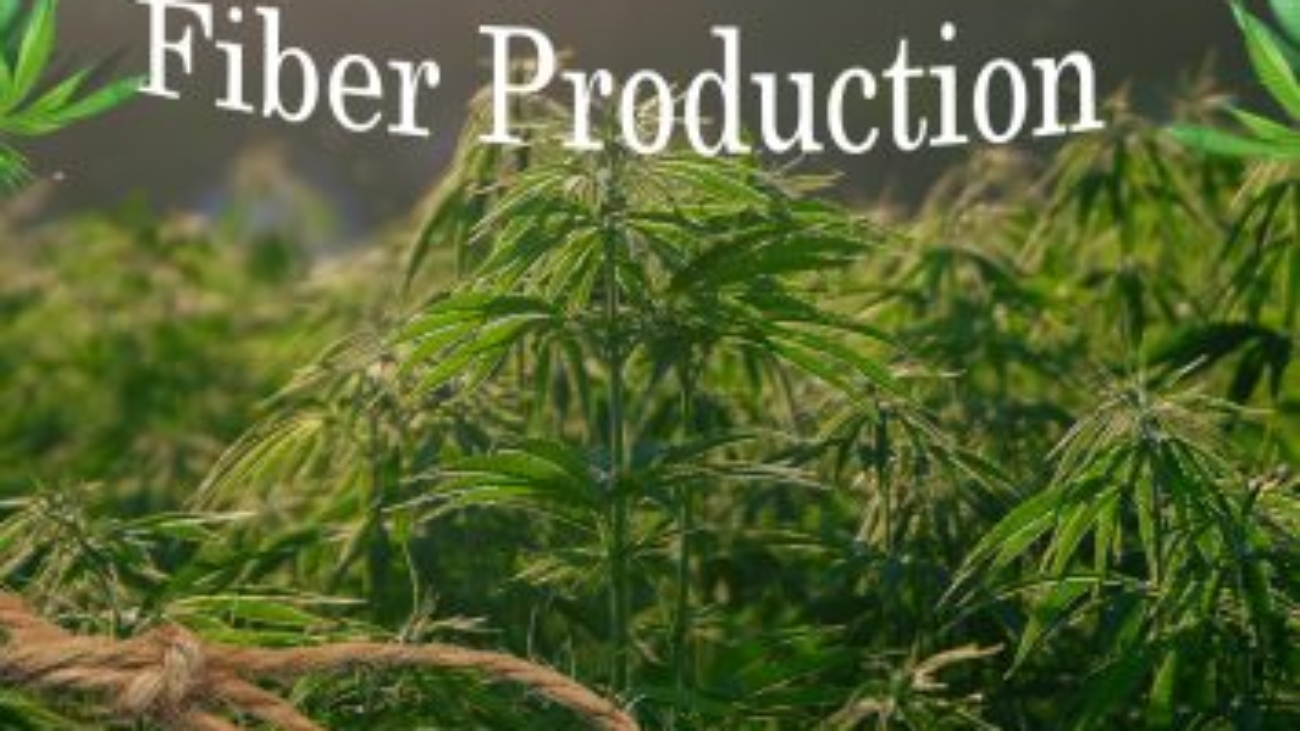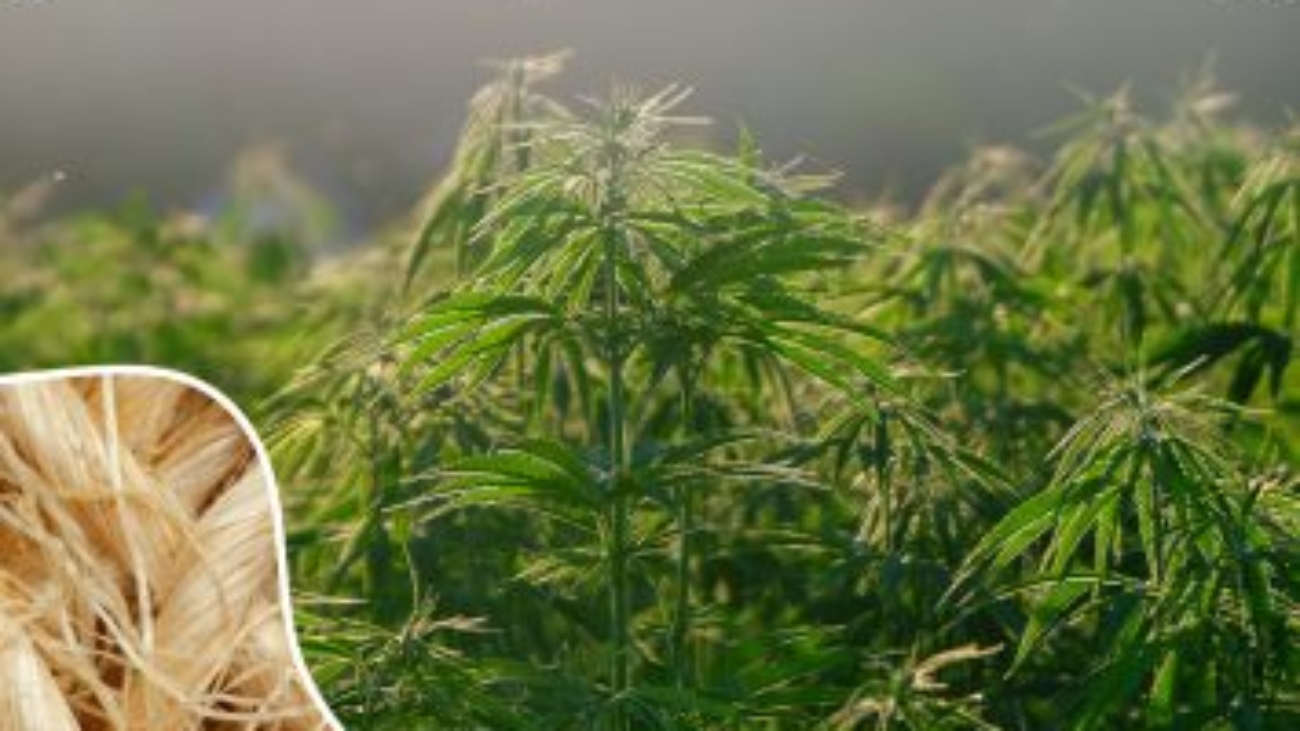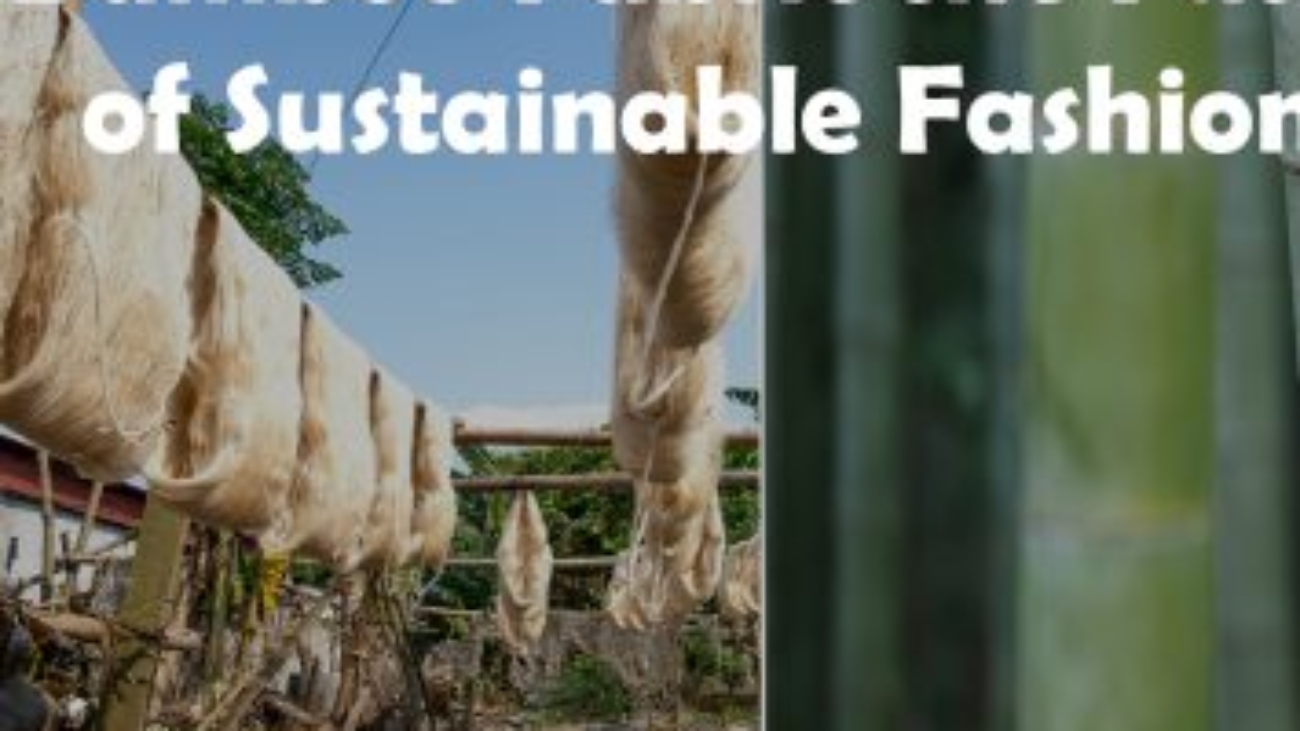In recent years, the fashion industry has faced increasing scrutiny for its environmental impact. As one of the world’s largest polluters, the industry is being challenged to rethink its practices and find more sustainable solutions. Enter circular fashion—a revolutionary concept that aims to transform how we think about clothing, consumption, and sustainability.
What is Circular Fashion?
Circular fashion is a model of production and consumption designed to minimize waste and maximize the lifespan of products. Unlike the traditional linear model of fashion—where clothing is made, used, and then discarded—circular fashion creates a closed-loop system. In this system, every garment gets reused, recycled, or biodegraded, ensuring that nothing ends up in landfills.
The idea stems from the principles of the circular economy, which focuses on designing out waste, keeping products and materials in use for as long as possible, and regenerating natural systems. Circular fashion aligns the fashion industry with these principles, offering a more sustainable alternative to fast fashion.
The Key Principles of Circular Fashion
Design for Longevity: Circular fashion starts at the design stage. Designers create garments that are durable, timeless, and made from high-quality materials. This approach reduces the need for frequent replacements and encourages consumers to invest in pieces that will last.
Use of Sustainable Materials: The choice of materials plays a crucial role in circular fashion. Sustainable fabrics such as organic cotton, hemp, Tencel, and recycled polyester take center stage. Additionally, brands increasingly emphasize biodegradable materials that return to the earth without causing harm.
Recycling and Upcycling: Recycling and upcycling are central to circular fashion. Brands find innovative ways to recycle old garments into new products. Upcycling creatively transforms existing items into something of higher value, reducing the need for new raw materials.
Repair and Maintenance: Circular fashion encourages consumers to repair and maintain their clothing, rather than discarding it at the first sign of wear. Some brands offer repair services or provide instructions for DIY repairs, extending the life of garments.
Second-Hand and Vintage: The rise of second-hand and vintage fashion plays a key role in circular fashion. By giving pre-loved clothing a new lease on life, consumers can reduce the demand for new products and decrease their environmental footprint.
Responsible Consumption: At the heart of circular fashion is the idea of mindful consumption. Consumers are encouraged to buy less, choose quality over quantity, and think about the long-term impact of their purchasing decisions.
A Sustainable Revolution in the Fashion Industry
The Benefits of Circular Fashion
Environmental Impact: Circular fashion significantly reduces the fashion industry’s environmental footprint. By minimizing waste, conserving resources, and reducing the need for new raw materials, circular fashion lowers greenhouse gas emissions, reduces water usage, and prevents pollution.
Economic Opportunities: The shift towards circular fashion also presents new economic opportunities. Brands that embrace circular practices can differentiate themselves in a crowded market, appeal to eco-conscious consumers, and explore new business models such as clothing rental, resale, and take-back schemes.
Social Responsibility: Circular fashion promotes ethical production practices and fair labor conditions. By focusing on quality over quantity, brands ensure that workers are paid fairly and work in safe conditions. Moreover, the emphasis on sustainability fosters a sense of social responsibility among consumers.
The Challenges Ahead
While circular fashion is gaining traction, significant challenges remain. Transitioning from a linear to a circular model requires a complete rethinking of the fashion industry’s infrastructure, supply chains, and consumer behavior. Additionally, the cost of sustainable materials and practices can be prohibitive for smaller brands.
Consumer education presents another hurdle. Many consumers remain unaware of the environmental impact of their fashion choices and may not understand the benefits of circular fashion. Brands and policymakers must work together to raise awareness and make sustainable fashion accessible to all.
How You Can Embrace Circular Fashion
As consumers, we play a crucial role in driving the circular fashion movement. Here are a few ways to get involved:
- Buy Less, Choose Wisely: Invest in high-quality, timeless pieces that you love and will wear for years to come.
- Repair and Repurpose: Before discarding a damaged item, consider repairing it or repurposing it into something new.
- Support Sustainable Brands: Choose brands that prioritize sustainability and transparency in their practices.
- Explore Second-Hand Options: Shop at thrift stores, vintage shops, or online resale platforms to find unique, pre-loved items.
- Recycle and Donate: When you’re done with a piece of clothing, recycle it through a textile recycling program or donate it to someone in need.
- A Sustainable Revolution in the Fashion Industry
Banana Fibre Need?
If you need Banana Fibre and Their products you can buy from NaturalFibreCompany.
Conclusion
Circular fashion is more than just a trend—it’s a necessary shift towards a more sustainable and responsible fashion industry. By embracing circular principles, we can reduce our environmental impact, support ethical practices, and create a fashion system that values quality, longevity, and sustainability. The journey to a circular fashion future may be challenging, but with collective effort, it’s a goal within reach.
A Sustainable Revolution in the Fashion Industry
